Description
MBR treatment process ia a technoly for sewage&wastewater treatment application. And it is a combination of membrane separation& biochemical technologies. It aim is to turn sewage into clean, usable water. MBR treatment technique is the most effective technique that is easily applicable for wastewater treatment so far. MBR is made of complex tissue hollow fibre, which has greater inoxidability. It has very strong erosion resilient constancy against numerous chemicals such as alkali, strong acid and oxidizer etc. the sludge concentration of MBR system wastewater treatment is high, which is numerous times of that in customary active sludge process, and its impact-resistant load ability is good. The product water quality is good can be re-used directly, it has low sludge production and lessen the expenditure of sludge removal.
MBR membrane specification:
| Module Data | MBR-10 | MBR-20 | MBR-30 |
| Nominal Area(m2) | 10 | 20 | 30 |
| Recommend Flow(m3/d) | 3.0~4.5 | 5.0~7.5 | 7.5~11 |
| Dimensions(mm) | 1000*535*40 800*630*42 | 1800*535*40 1500*630*42 | 2000*630*42 |
| Membrane Material | Reinforced -PVDF | ||
| Pore size(μm) | 0.1μm or 0.04μm | ||
| Fiber Diameter | 2.2/1.0mm or 2.6/1.2mm | ||
| Breaking Strength | > 200N | ||
| Flow Path | Outside-in | ||
| TMP Range | -0.05 to 0.05Mpa | ||
| Operating Temperature | 5-40℃ | ||
| Operating PH Range | 2.0-10.0 | ||
| Backwash Flux | 30-60L/m2.h | ||
| Permeate Turbidity | ≦0.5 NTU | ||
NOTE:MBR -5,MBR-12,MBR-25,MBR-35 and customized model are available.
Why is water treatment necessary?
The decreasing supply of accessible fresh water, joined with proceeded with development in water utilize, makes it indispensable that networks and businesses enhance water recovery endeavors. A key to that recovery is the more successful treatment of water and wastewater, regardless of whether for human utilization or for use as mechanical process water. One answer for treating and recovering water at lower cost with less harm to nature is package sewage treatment plan along with membrane filtration techniques as microfiltration, ultrafiltration, and turn around assimilation filtration. In spite of the fact that this innovation has been being used for quite a while, it is currently winding up more comprehensively utilized in light of the expanding interest for unadulterated water, rising concoction treatment costs, and increasing expenses of water conveyed by city water organizations.

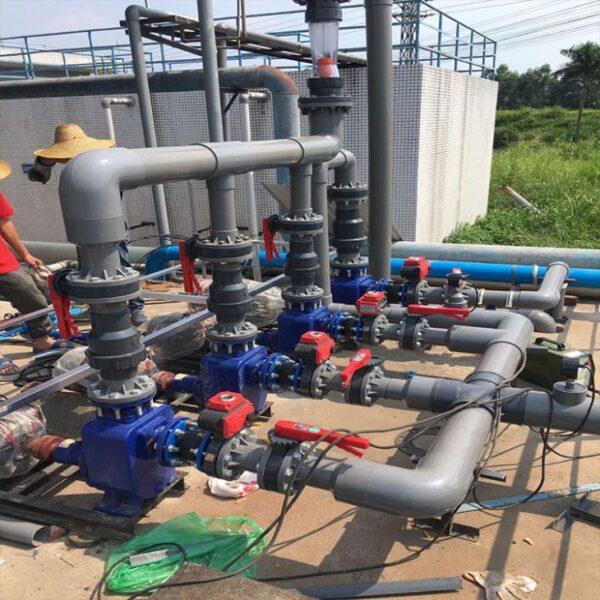



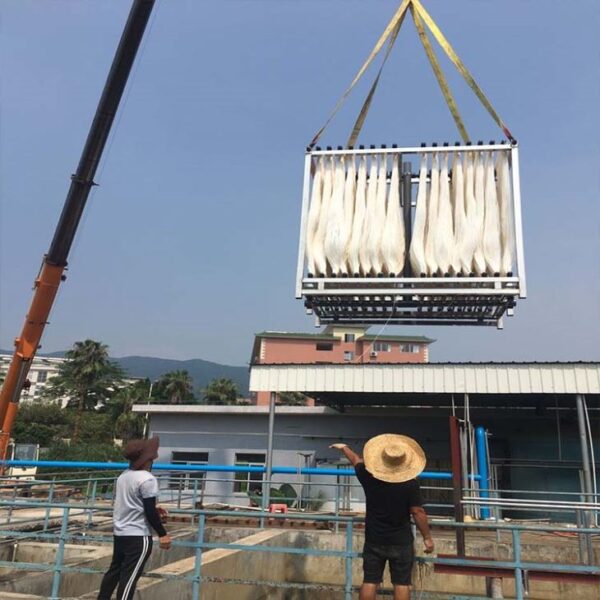
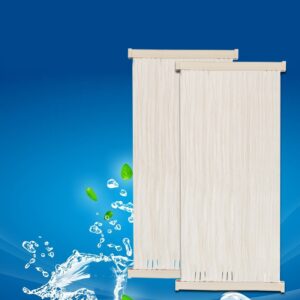
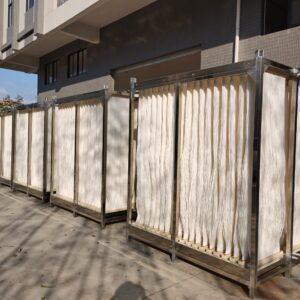
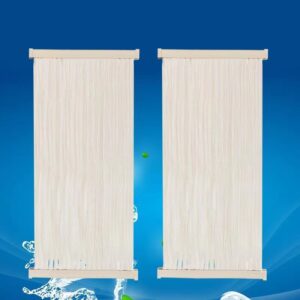
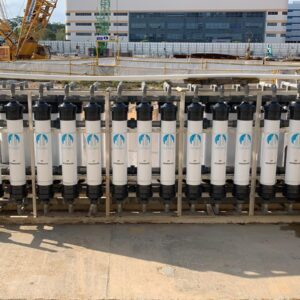

Reviews
There are no reviews yet.